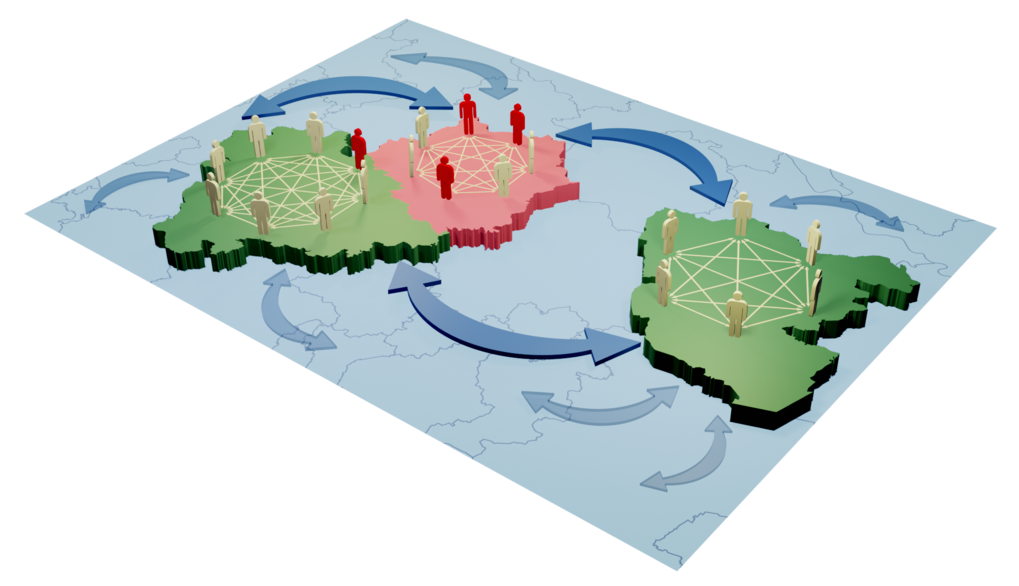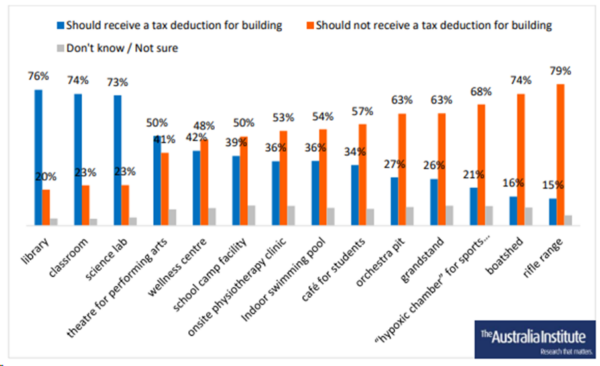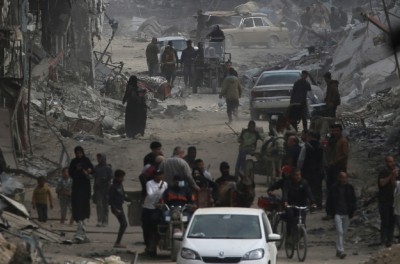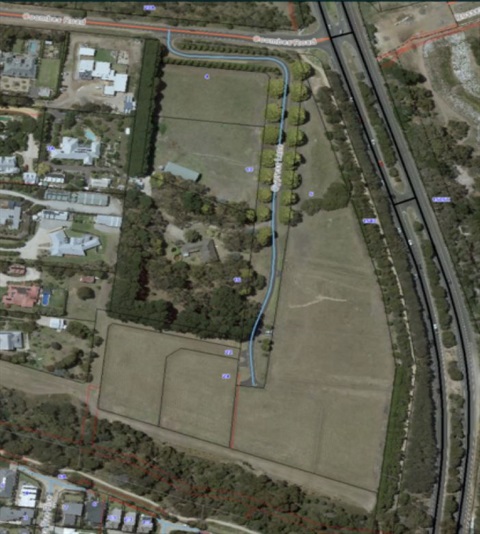To be successful strict local containment and low number of cross-regional infections are crucial
A team of scientists at the Max Planck Institute for Dynamics and Self-Organization in Göttingen has simulated possible courses of the corona pandemic. The calculations show that regional measures can keep the epidemic under control with substantially fewer restrictions than nationally imposed lockdowns if the number of cross-regional infections is low enough. However, regional thresholds for local restrictions should be lower than those currently agreed upon in, e.g., Germany. Even if these lower thresholds lead to more frequent regional lockdowns, the long-term benefits of the strategy would outweigh the local measures triggered by them. A uniform framework for triggering measures can ensure a swift response to rising infection numbers in individual regions. The number of cross-regional infections should be monitored by contact tracing and, if necessary, be reduced. In addition, the researchers recommend an expansion of testing even before threshold values are reached.

In many countries, the first wave of the Sars-CoV-2 epidemic was controlled successfully with severe restrictions on public and private life – so-called lockdowns. These included nationwide contact bans, travel restrictions and the closing of shops and schools. Instead of such drastic restrictions, many countries are now turning to more fine-grained approaches that consist of regionally and temporally limited measures.







